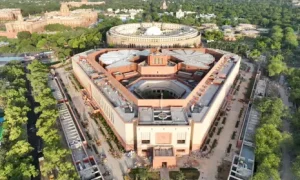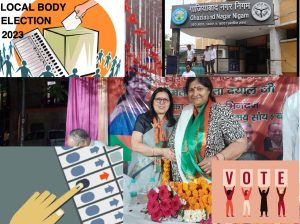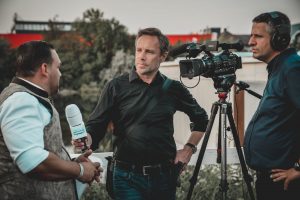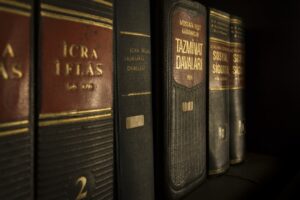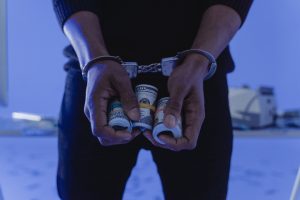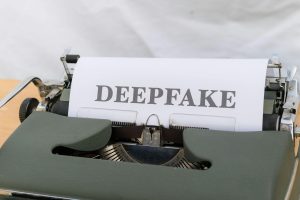Interesting Facts About Lok Sabha Elections 2019

The Lok Sabha elections is also know as “General Elections”. The Lok Sabha elections 2019 were held all around the country in 7 phases. Elections were held from 11th April to 19th May, 2019. Result of the general elections was declared on 23rd May 2019. Thus, it was the one of the longest election in the country in the terms of the number of days the polling is held for.
There are unknown features of our country’s election of which we all should be proud of. Lets read about those unknown facts:
- Lok sabha elections are conducted throughout India by Central Election Commission of India. It is a constitutional body under article 324. Currently, the Chief of Election commission is Sunil arora. It is to be noted that Central election commission conducts 5 elections in India- Lok sabha election, Rajya Sabha Elections, State legislature elections of all states, President Elections and Vice-President Elections.
- It is to be noted that election within the state are conducted by the State Election Commission. For Example- Mayor elections, Pradhan etc.

- The first Lok Sabha elections in 1952 cost around Rs 10.45 crore, while the 2014 general elections cost almost Rs 3,870.3 crore.
- The first Lok Sabha elections were contested for only 489 seats. The number of constituencies was increased to 543 in 1977.
- A total of 53 parties and 533 Independents contested for the 489 seats in the 1952 elections. In 2014, 464 political parties and 3,234 candidates contested for the 543 seats. The total number of voters for the 2019 Lok Sabha elections has gone up by 84.3 million since the 2014 polls.
- The new voters have taken the total number of voters to 900 million of which around 15 million are in the age group of 18-19 years.
- A total of Ten lakh polling stations would be set up this time as compared to around Nine lakh in 2014.
- Candidates with criminal antecedents will have to publish information in this regard in newspapers and through TV channels on three occasions during the campaign period. Earlier, the candidates were required to give details of their criminal cases to the poll panel through an affidavit but were not required to make it public themselves
- The Electronic Voting Machines (EVM) and postal ballot papers would for the first time carry the photograph of all the candidates to help voters identify the political leaders in the fray. * The cost of the Lok Sabha elections is borne by the Government of India.
- The smallest and largest Lok Sabha constituencies in terms of the number of eligible voters are Lakshadweep and Malkajgiri (Hyderabad, Telangana), respectively. In 2014, Lakshadweep had nearly 50,000 voters while Malkajgiri had around 29.5 lakh.However, the smallest constituency area-wise (as of 2004) is Chandni Chowk, Delhi (10.59 sqkm) while the biggest is Ladakh, Jammu & Kashmir (73,266.37 sqkm).
- The 2019 Lok Sabha polls would be conducted in seven phases spread across 39 days. Previously, the 2014 Lok Sabha elections were spread over 36 days.
- Dr. K Padmarajan hailing from Tamil Nadu’s Salem reportedly holds the record being the most unsuccessful candidate in elections not only in India but the world.
-
-
- References:
-
- https://eci.gov.in/general-election/
- https://www.newsbytesapp.com

